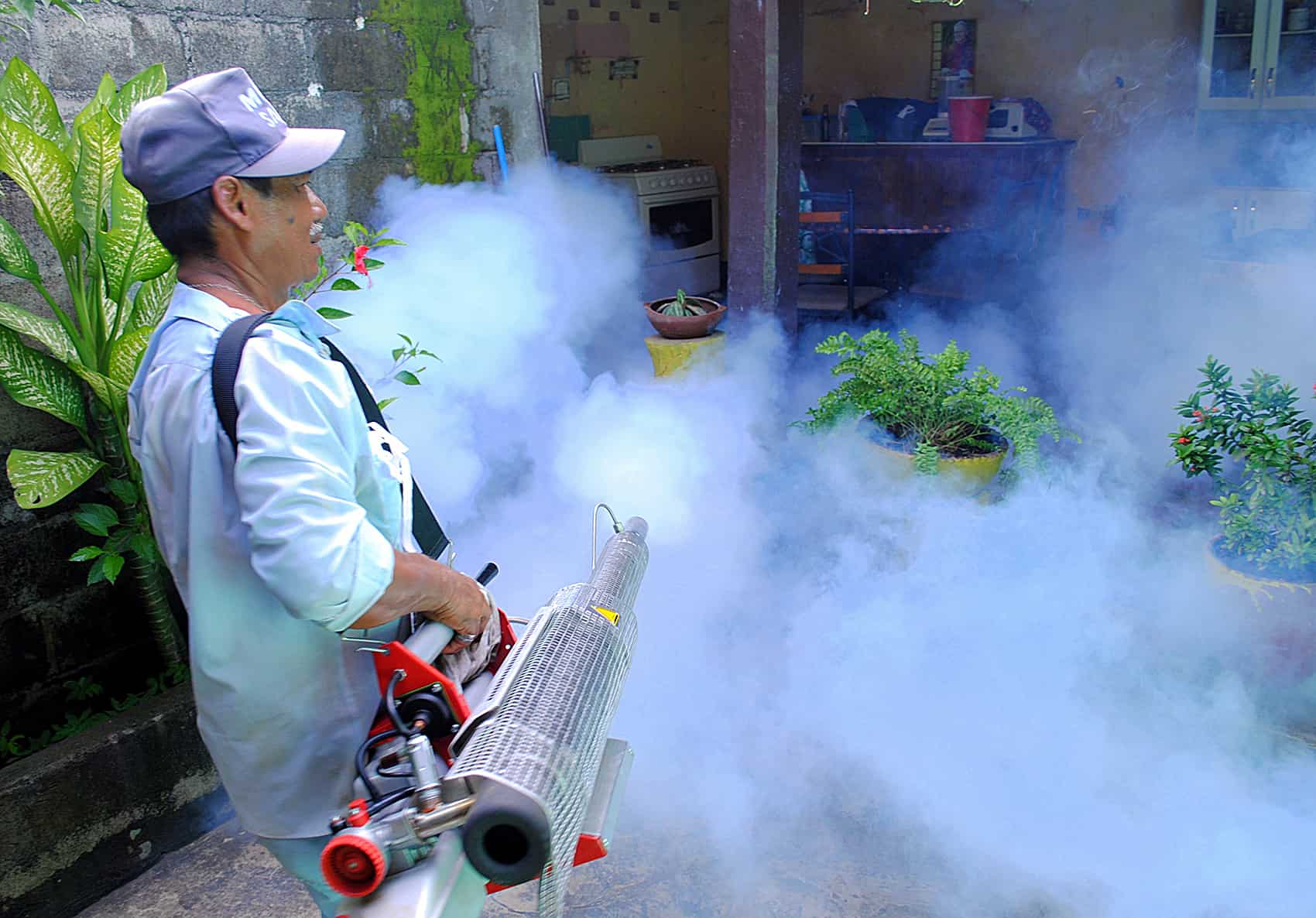Central America’s recent drought may be causing losses in the country’s agriculture sector and the drinking water supply, but the unusually dry rainy season has also meant fewer mosquitoes and a significant drop in the number of cases of dengue in both Costa Rica and Nicaragua.
Mosquitoes use water-based breeding grounds to reproduce, and mosquito-borne illnesses like dengue usually increase in the rainy months of May through November. Last year, Costa Rica registered a record number of 48,685 dengue cases. Normally one of the areas most affected by mosquitoes is the northwestern province of Guanacaste, but this year the region has seen a 60 percent decrease in rain and a corresponding decrease in reported dengue cases.
As of September, Costa Rica’s Health Ministry reported a 79 percent decrease in the number of dengue cases across the country compared with last year. Nicaragua reported a similar drop, from 3,520 to 1,263 cases during the same period.
On Sept. 30, Costa Rican President Luis Guillermo Solís declared a national emergency to respond to the worst drought Costa Rica has seen in 50 years, which caused an estimated $16.8 million in losses for the cattle industry and $9.3 million in losses in agriculture in Guanacaste alone.
The lack of rainfall also stressed the country’s hydroelectric dams, which account for 73 percent of Costa Rica’s electricity production, according to the Costa Rican Electricity Institute.
Last year dengue was so bad in Costa Rica, the Culture Ministry held a contest to see who could come up with the best dengue awareness campaign. Here’s one of our favorite entries, by Karol Vindas Rodríguez and Carlos Loría Benavides, titled “Zancudo con dengue ¡no me piques más!”:

